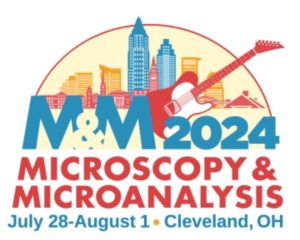
Poster Presentation at Microscopy & Microanalysis 2024
July 29, 2024
Eurofins EAG Laboratories will be presenting a poster on Machine-Learning Assisted Analysis of Battery Electrode by PFIB-SEM Tomography at Microscopy & Microanalysis on July 29th.
To enable certain features and improve your experience with us, this site stores cookies on your computer. Please click Continue to provide your authorization and permanently remove this message.
To find out more, please see our privacy policy.